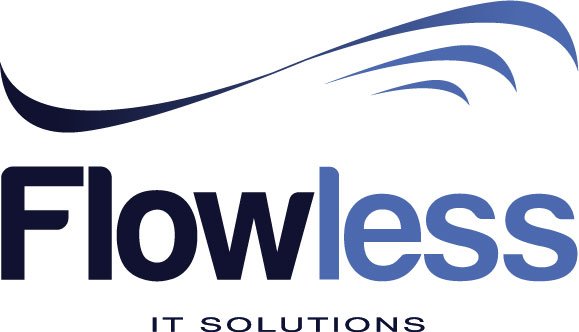The Lean canvas is a one-page business plan, which was initially created by Ash Maurya. Primary objective of this single page business plan is to deconstruct the idea that you have into the key assumptions. It was derived from the business model canvas that was developed by Alex Osterwalder. Then the Lean canvas was optimized to match perfectly well with the requirements of learn start-ups that exist out there. Along with the implementation of a Lean canvas, it is possible for you to eliminate elaborate business plans.
It takes a considerable amount of time to write a business plan. You will be able to reduce that time being spent with the support and assistance offered by Lean canvas. It will only take less than 20 minutes for you to go ahead and create a Lean canvas. Therefore, any agile lean start-up will be able to start using it and experience the benefits that are offered in the long run.
There are different elements in a Lean canvas. In here, you analyse the problem and solution along with key metrics. Along with that, you pay extra attention towards unfair advantage as well. Along with this, it is possible for you to decode the business ideas that you have in your mind and implement them in the real world.
As a business entrepreneur, it is important for you to get ideas out of your head and write them down in paper. That’s because you will never be able to process everything within your head. When you get the ideas into paper, you should follow the Lean canvas. Then you will be able to develop the problem solution in an effective manner. A traditional business plan will not be able to deliver the best results to you with achieving this and that’s why it is important for you to stick to the Lean canvas at all times.
— Slimane Zouggari
